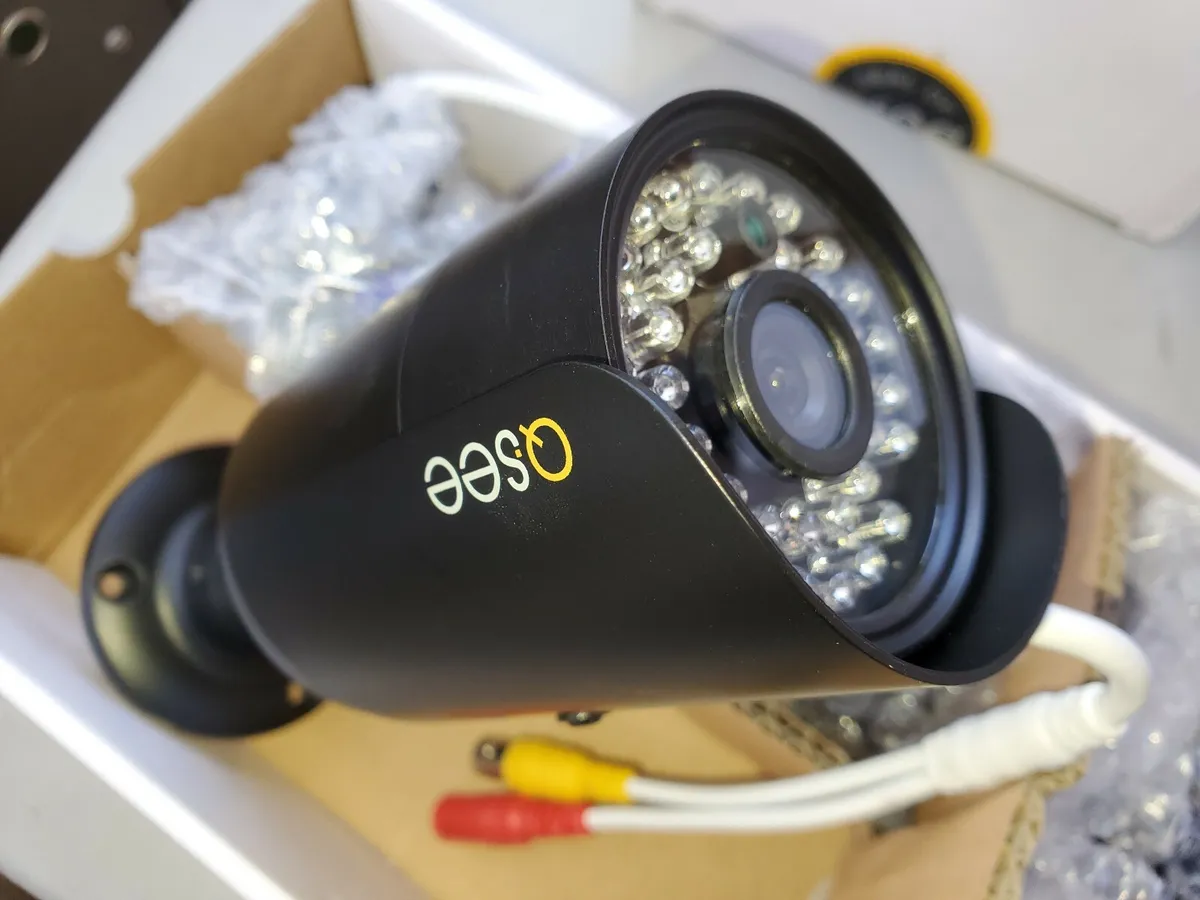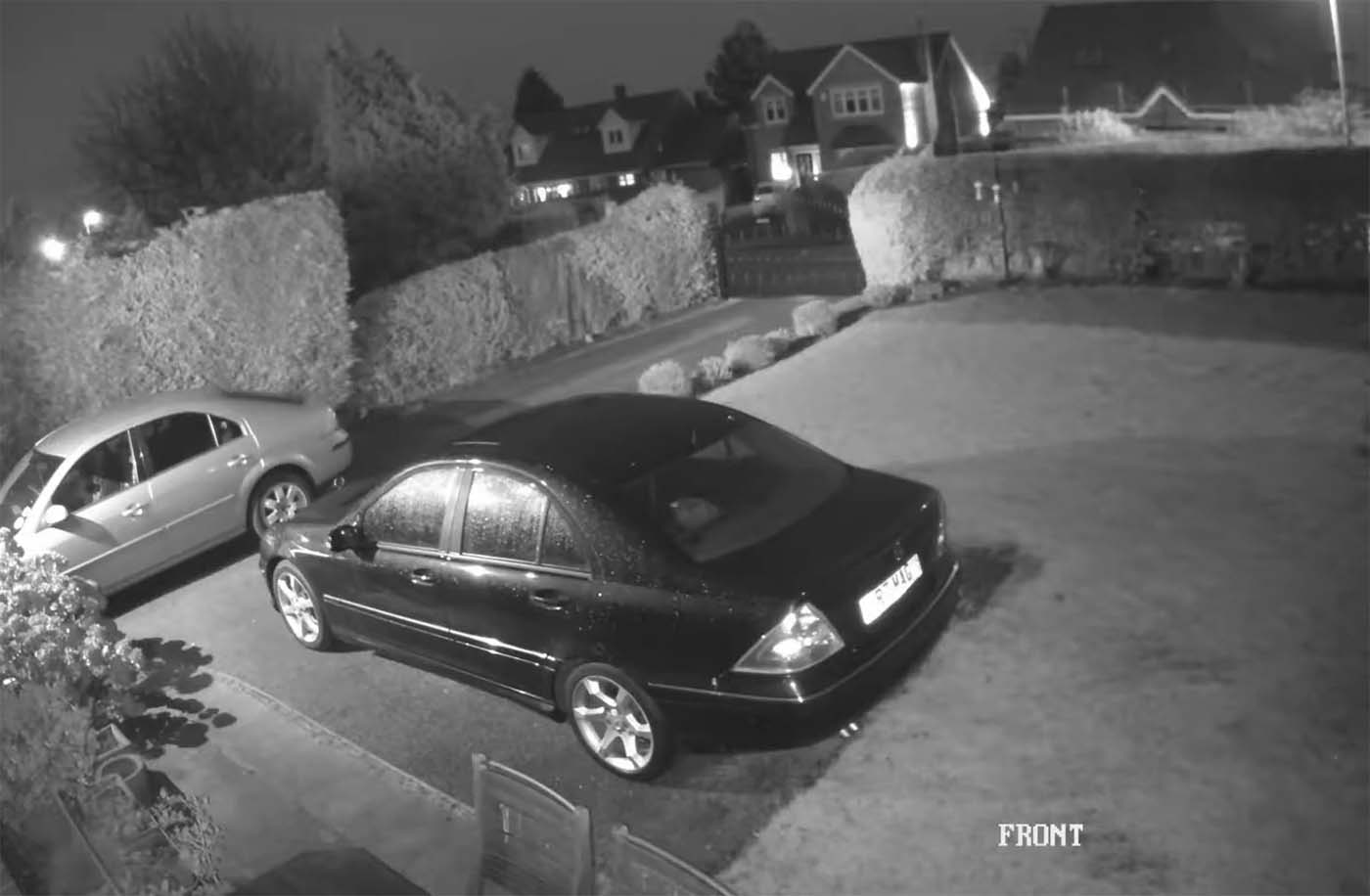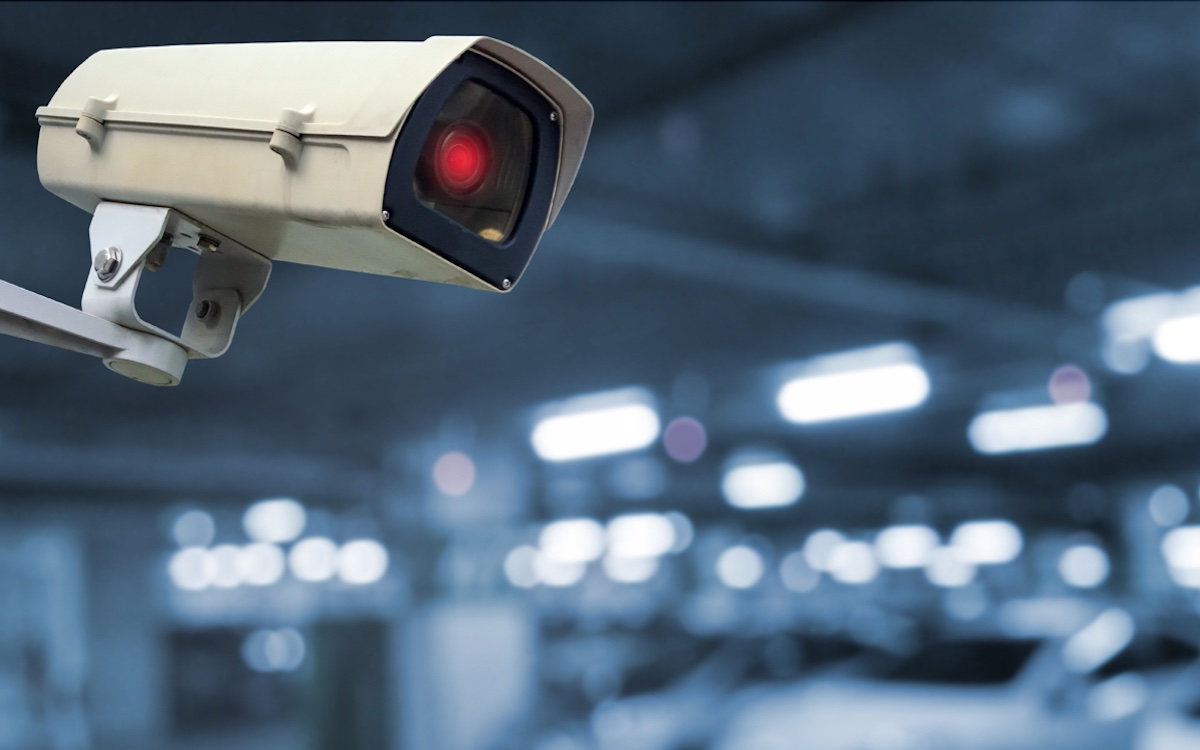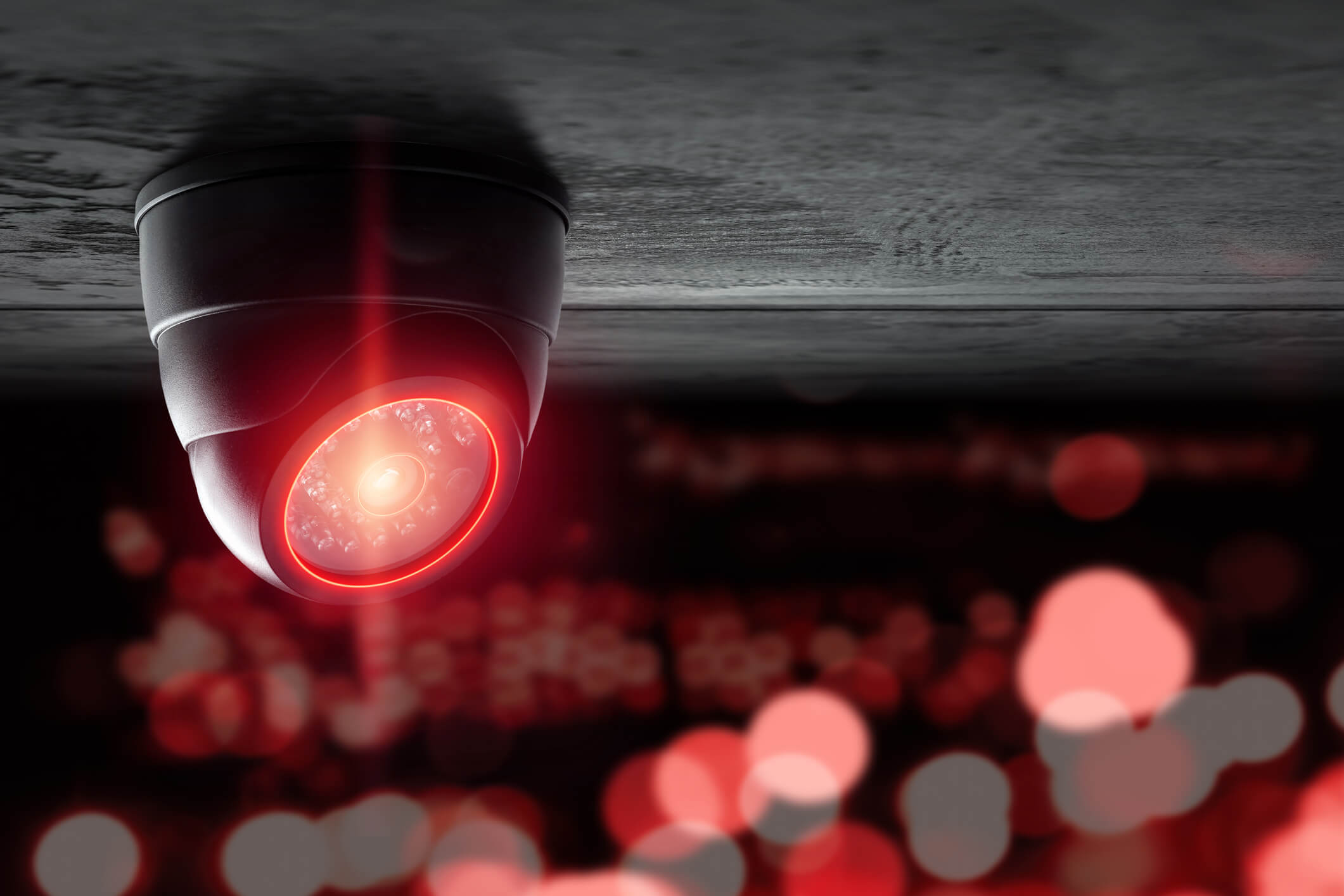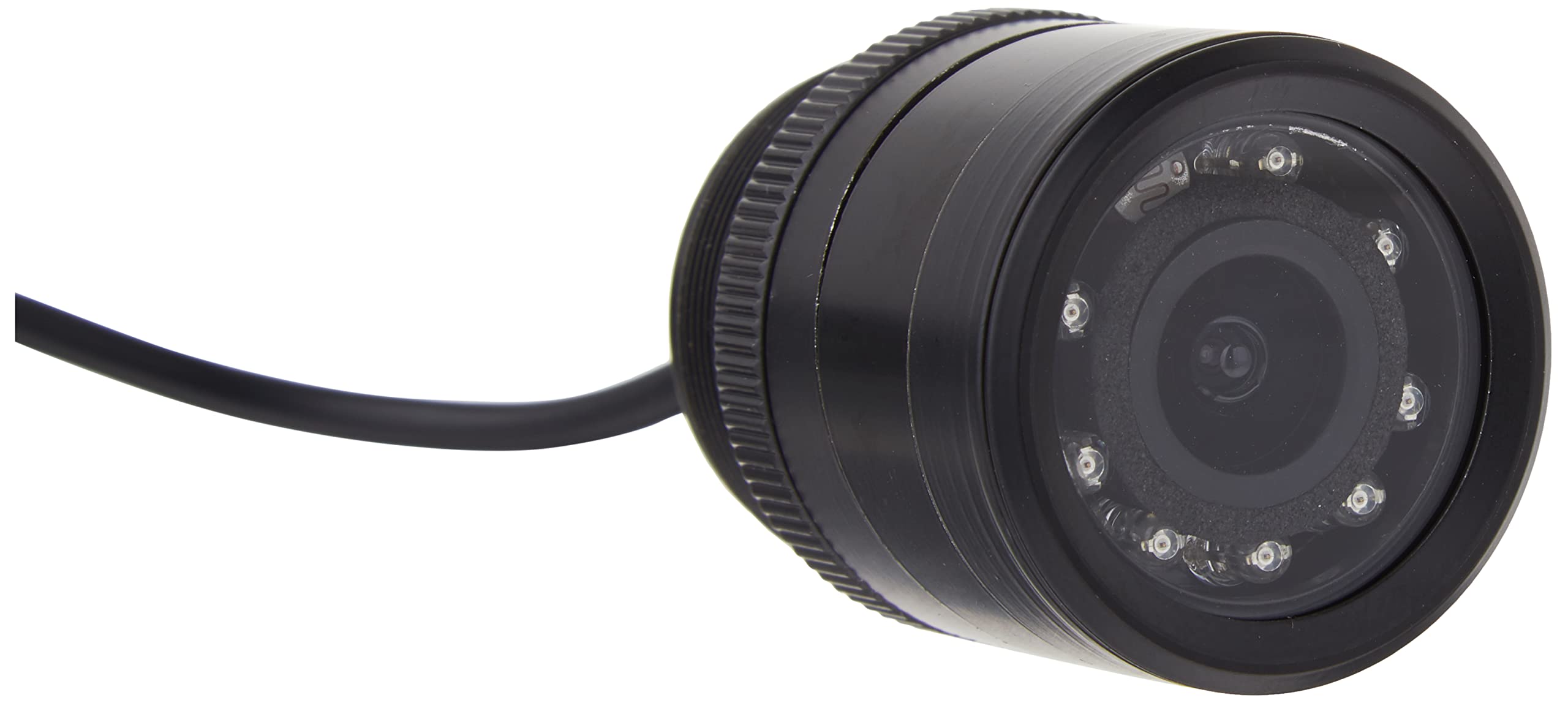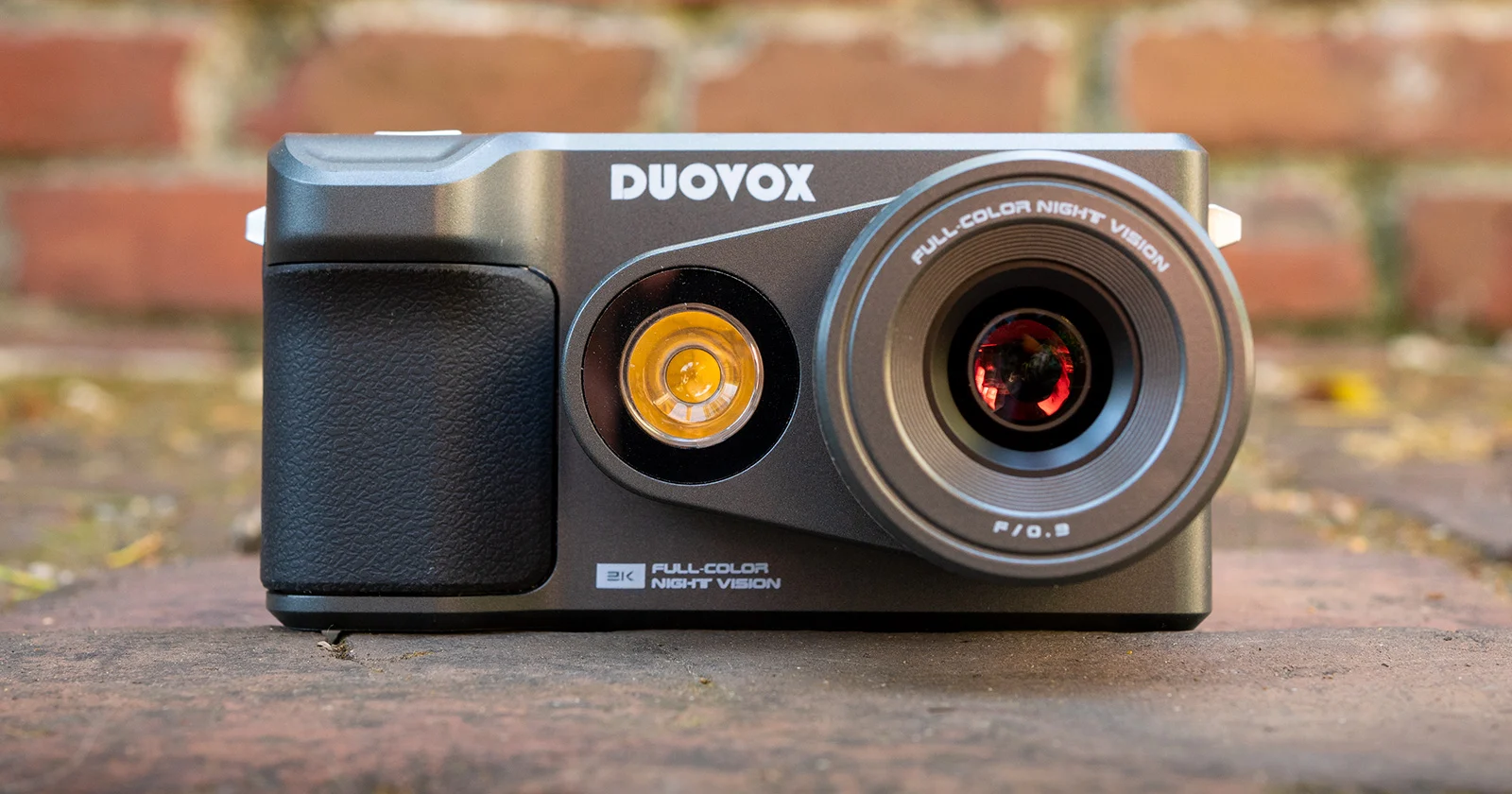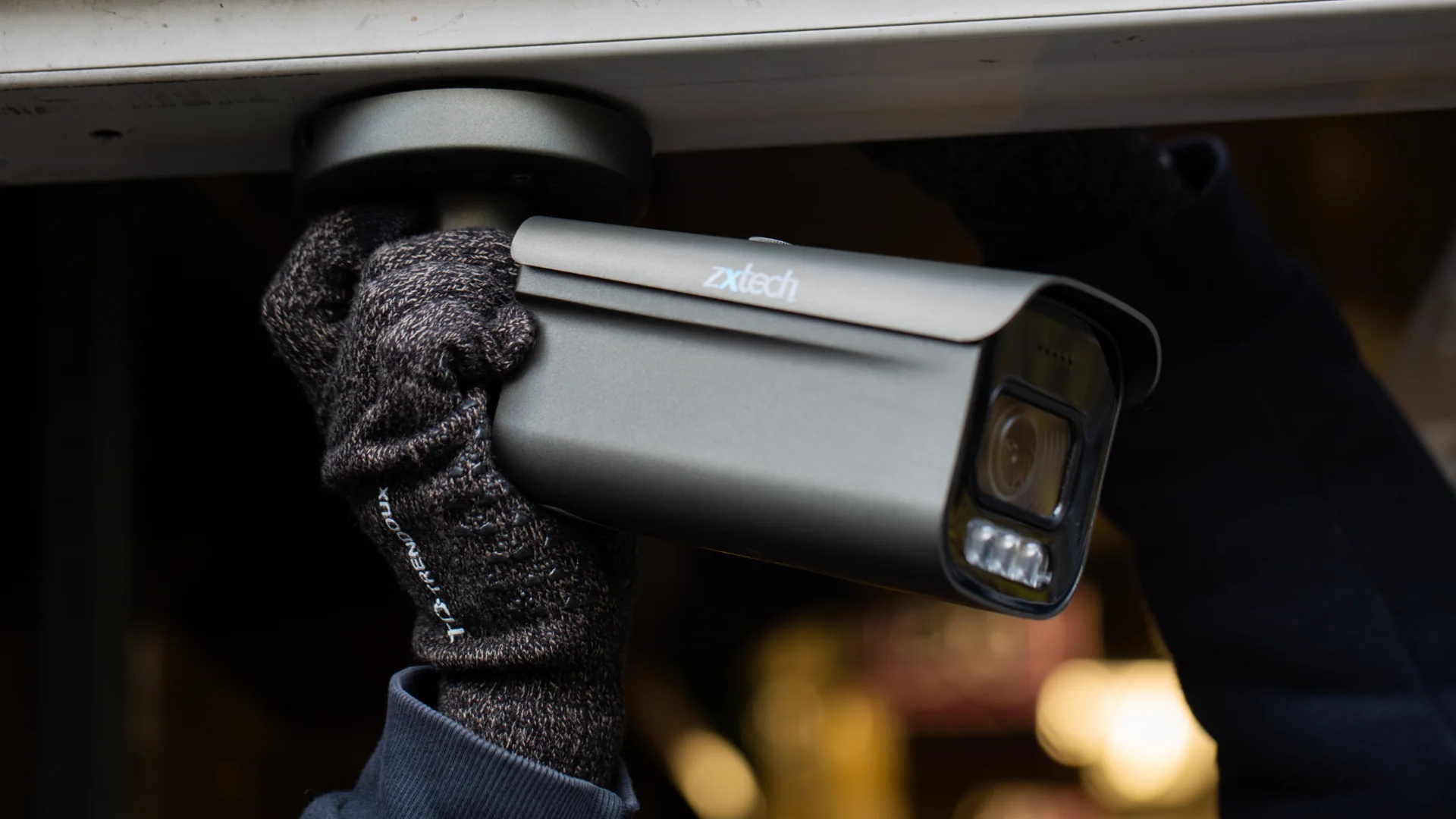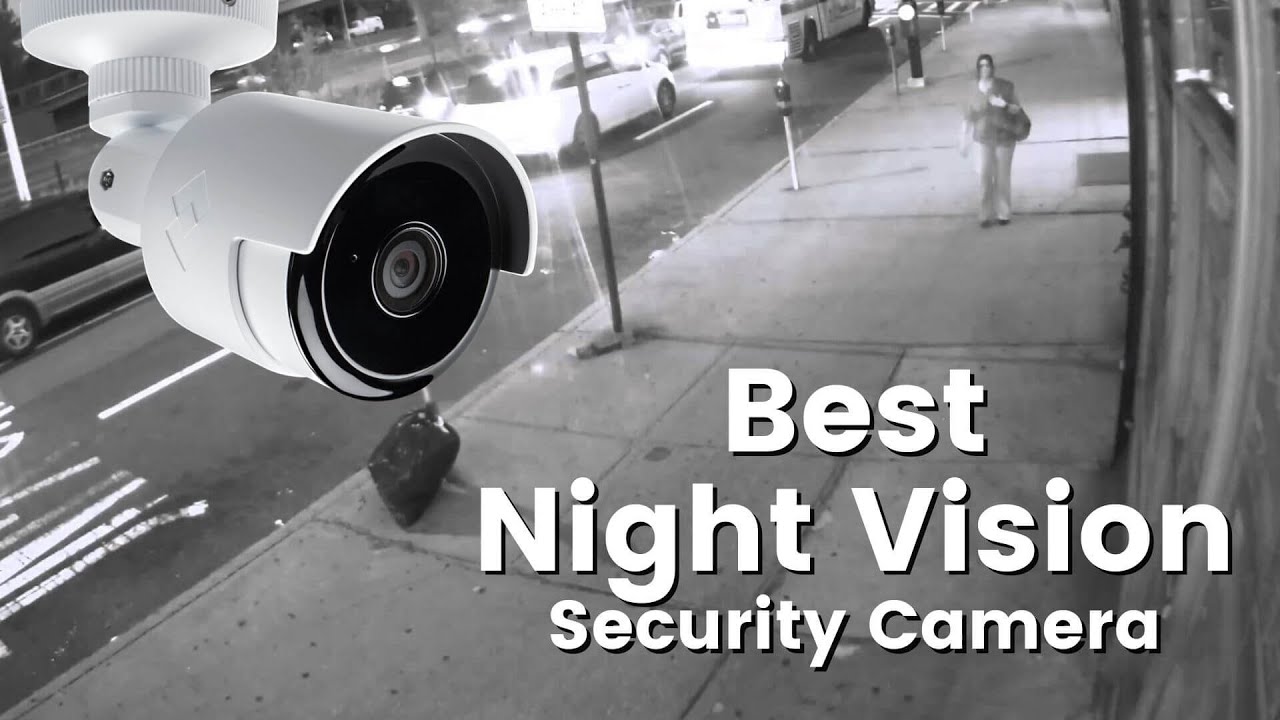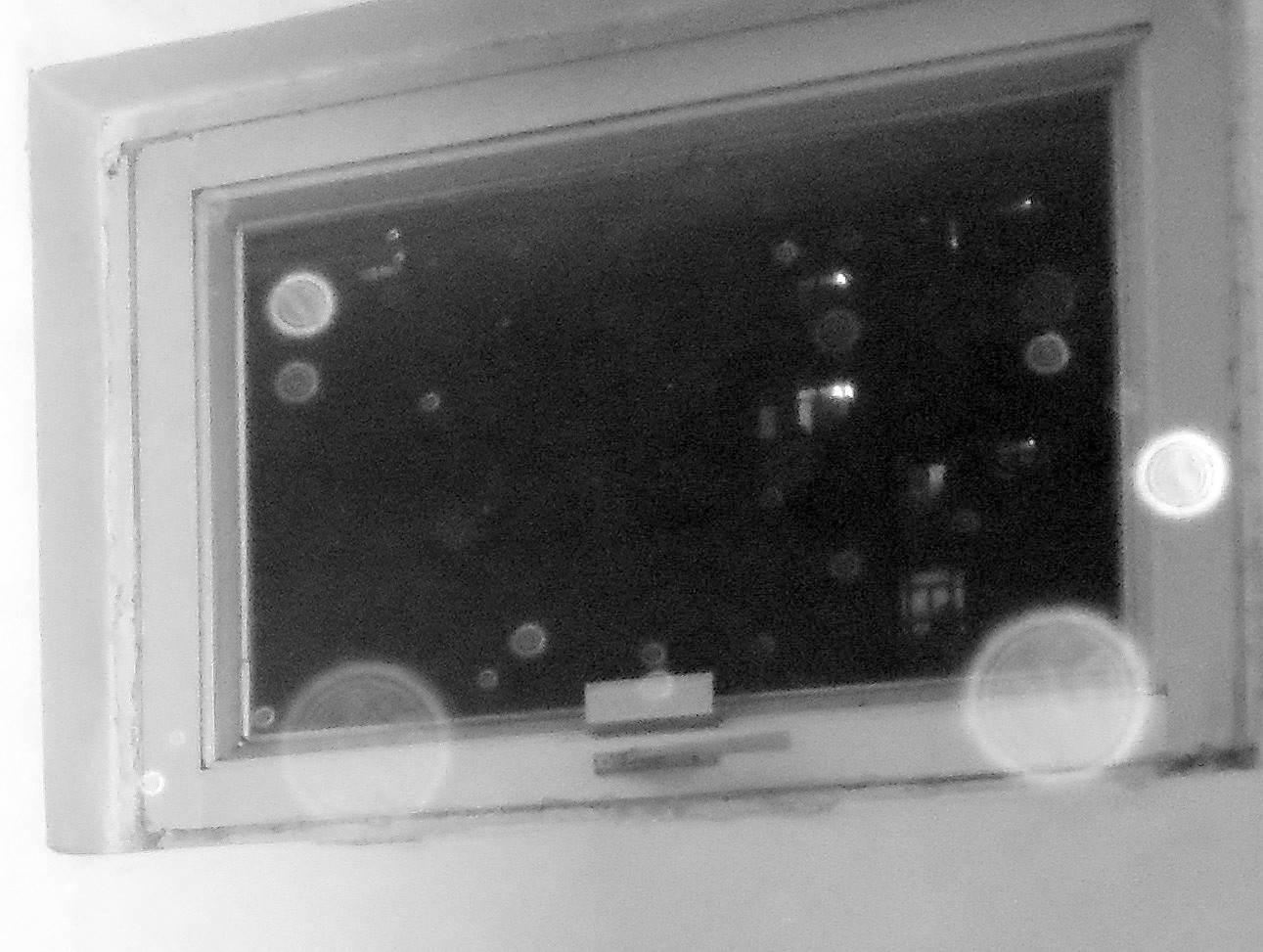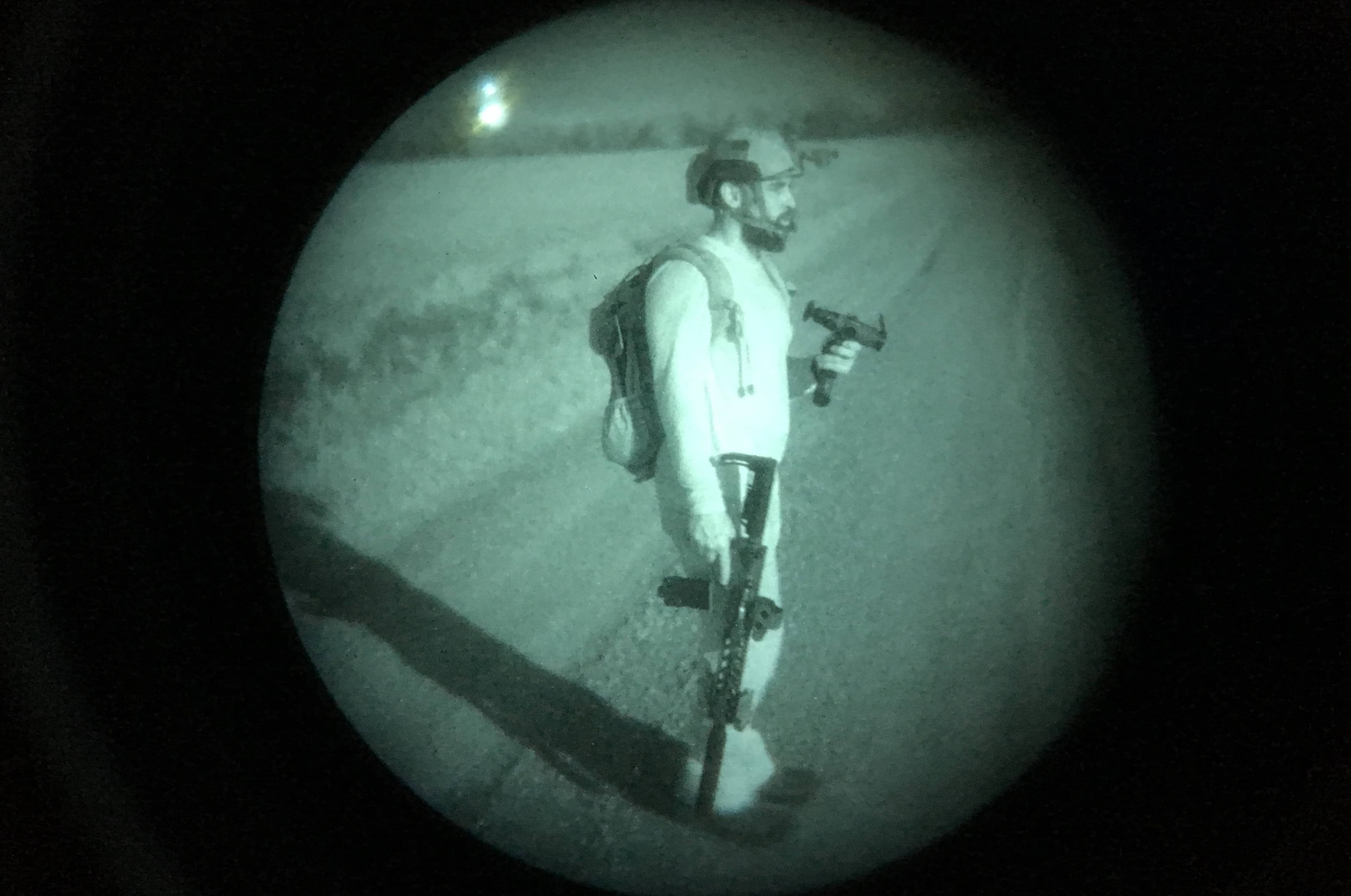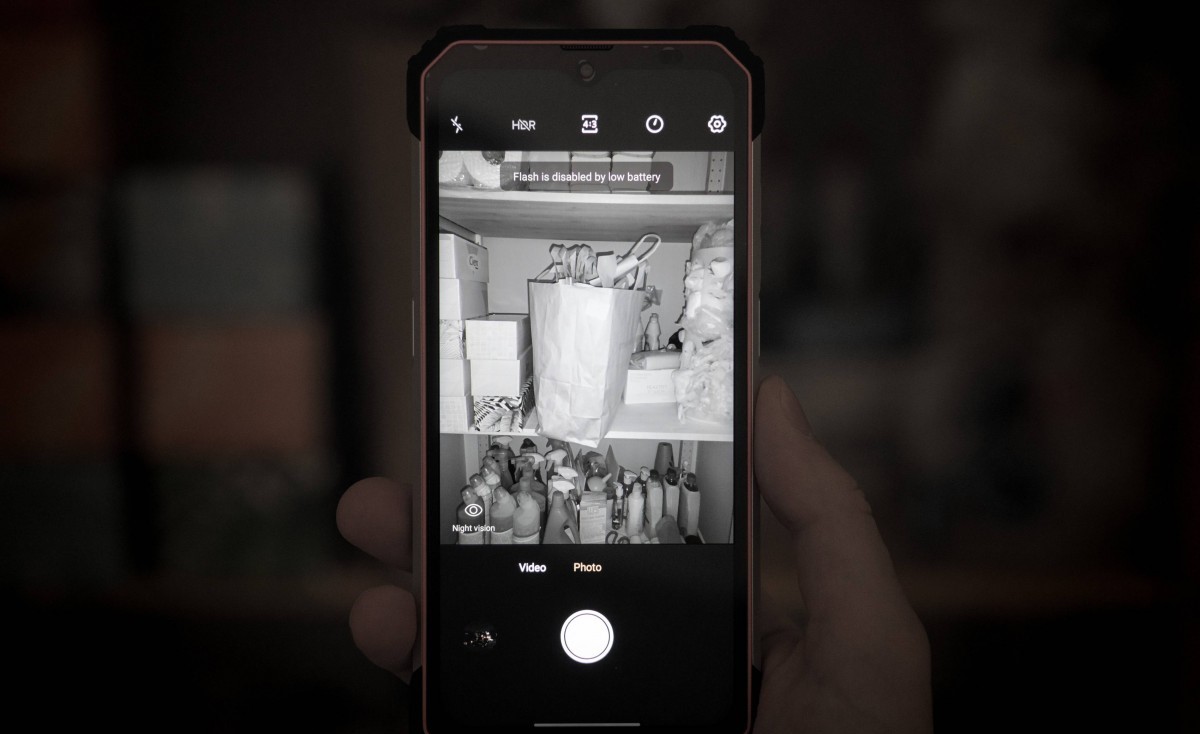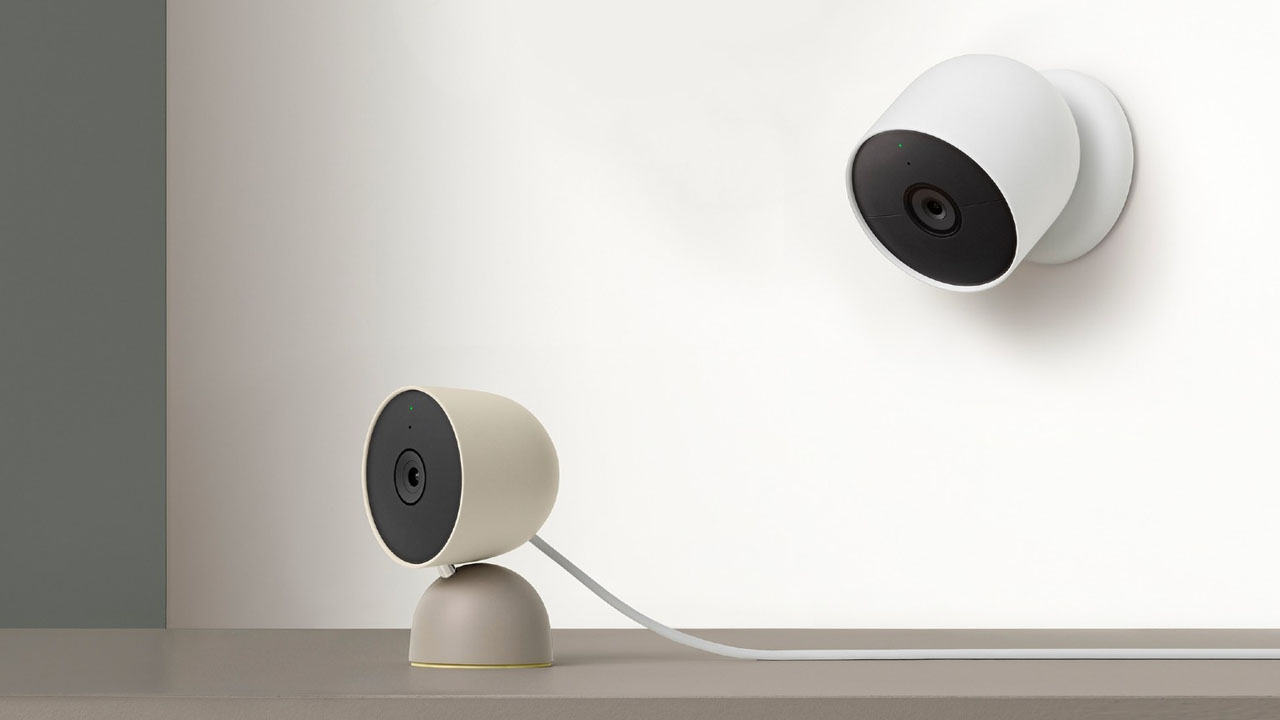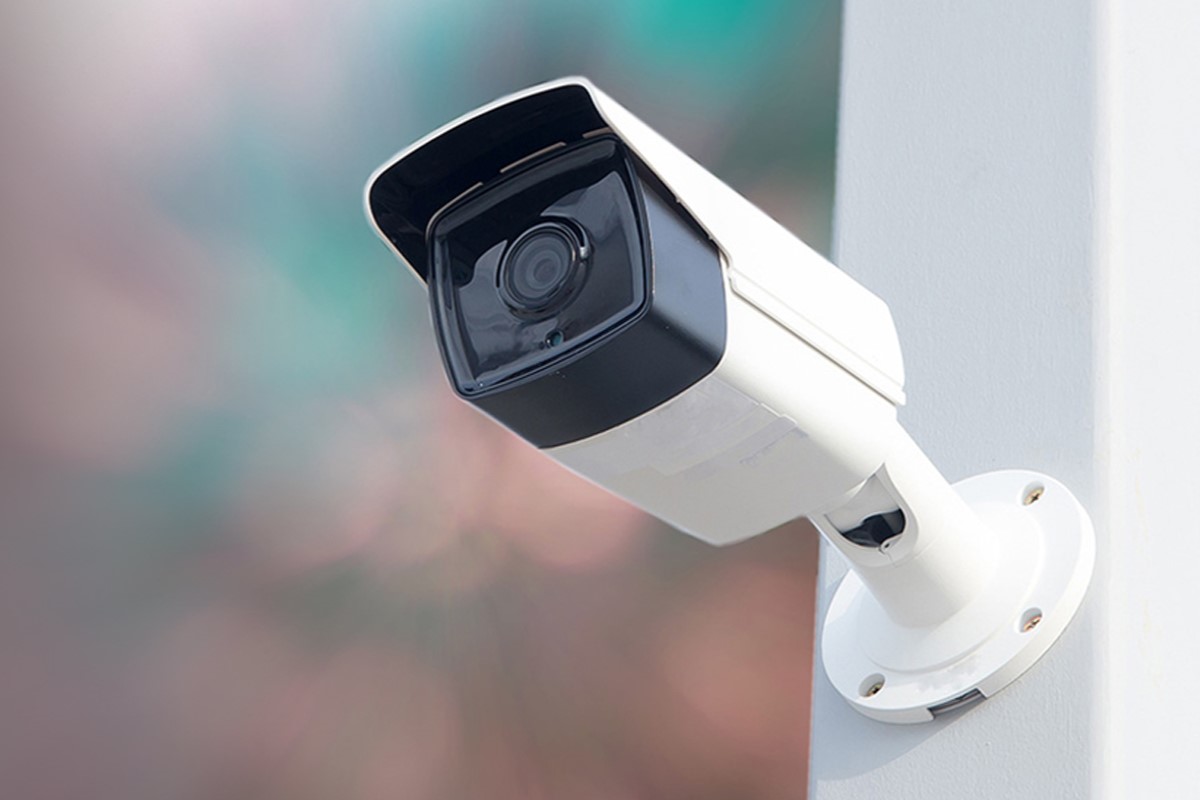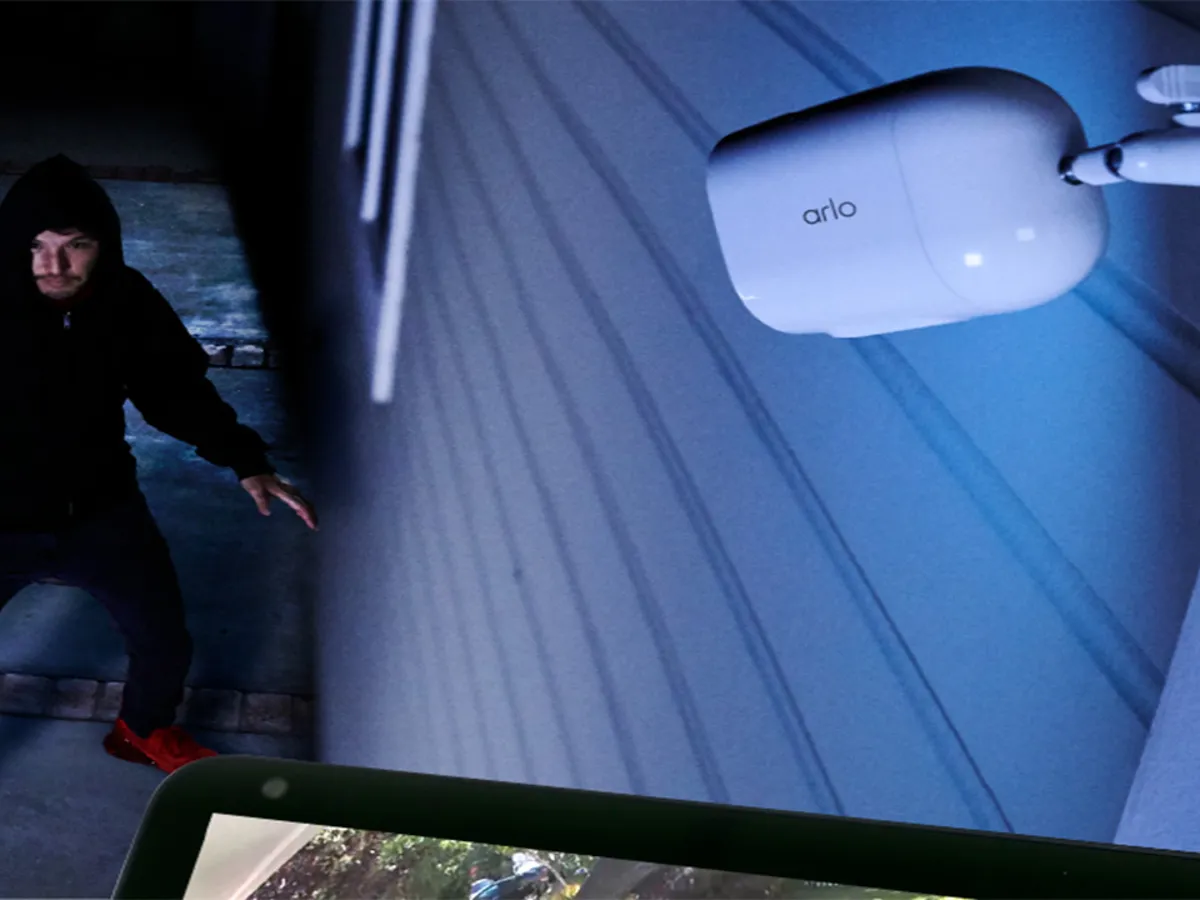Home>Home Security and Surveillance>What IR Wavelength Do Night Vision Cameras See
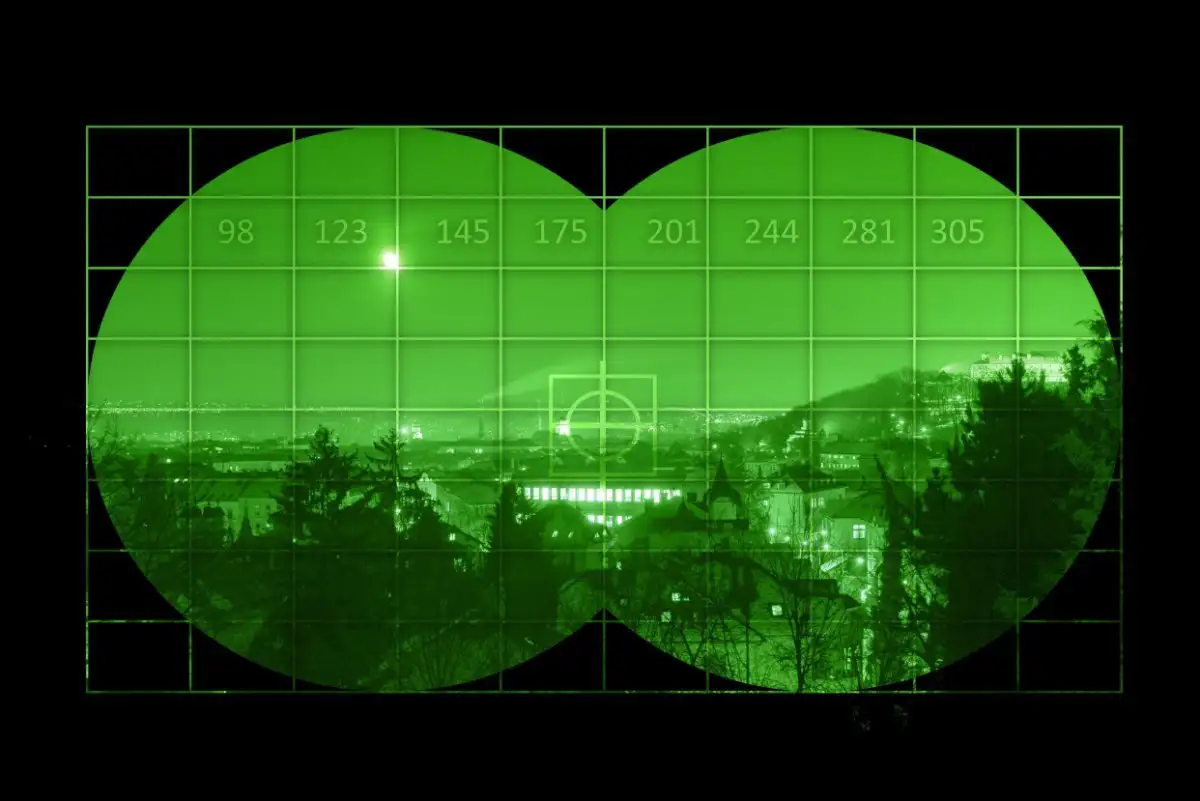

Home Security and Surveillance
What IR Wavelength Do Night Vision Cameras See
Modified: March 21, 2024
Discover what wavelength night vision cameras use to see in the dark and enhance your home security and surveillance.
(Many of the links in this article redirect to a specific reviewed product. Your purchase of these products through affiliate links helps to generate commission for Storables.com, at no extra cost. Learn more)
Introduction
Home security and surveillance have become increasingly important in today’s world. With rising crime rates and the need to protect our loved ones and belongings, many homeowners are turning to night vision cameras for enhanced protection.
Night vision cameras are specially designed to capture clear and detailed images even in low-light or no-light conditions. They are equipped with infrared (IR) technology, which allows them to “see” in the dark. But have you ever wondered what exactly these cameras see and how they are able to do so?
In this article, we will delve into the world of night vision cameras and explore the role of infrared wavelengths in their operation. We will also discuss the range and sensitivity of these cameras and compare different IR wavelengths to help you choose the right one for your home security needs.
But before we dive into the technical details, let’s first understand how night vision cameras work.
Key Takeaways:
- Night vision cameras use different IR wavelengths to “see” in the dark, with 850nm and 940nm being the most common. The choice depends on factors like visibility, range, and the need for stealth.
- While night vision cameras enhance home security, they have limitations such as range, image quality, and susceptibility to interference. Understanding these limitations helps in making informed decisions.
Read more: What Is An IR Night Vision Camera
How Night Vision Cameras Work
Night vision cameras use a combination of advanced technology and specialized components to capture images in low-light or no-light conditions. Unlike regular cameras that rely on visible light to produce an image, night vision cameras utilize infrared (IR) technology.
IR light is emitted by objects as heat energy, and while it is invisible to human eyes, night vision cameras are able to detect and convert it into a visible image. These cameras are equipped with an IR light source, typically in the form of LEDs (Light Emitting Diodes), that emit IR light.
When the ambient light level drops below a certain threshold, the night vision camera activates its IR LEDs. These LEDs illuminate the surrounding area with infrared light, which is reflected off objects and captured by the camera lens. The camera’s image sensor then converts this IR light into an electronic signal, which is processed and displayed as a grayscale or monochrome image on a monitor or recording device.
The amount of IR light required for night vision cameras to produce a clear image depends on the camera’s sensitivity and the distance to the objects being captured. Some cameras have a built-in feature called “infrared cut filter,” which helps to block out unwanted visible light during low-light conditions, enhancing the camera’s performance.
Now that we understand the basic working principle of night vision cameras, let’s explore the role of infrared wavelengths in their operation.
Infrared Wavelengths and Night Vision Cameras
Infrared (IR) light is part of the electromagnetic spectrum, just like visible light. However, IR light has longer wavelengths than visible light, which makes it invisible to the human eye. Night vision cameras are designed to capture and detect these IR wavelengths, allowing them to “see” in the dark.
The IR spectrum is divided into three main categories: near-infrared (NIR), mid-infrared (MIR), and far-infrared (FIR). Each of these categories has slightly different wavelength ranges and characteristics, which affects how night vision cameras capture and display images.
Near-infrared (NIR) light has wavelengths ranging from 700 to 1400 nanometers (nm), just beyond the red end of the visible light spectrum. NIR light is commonly used in night vision cameras as it provides good visibility in low-light conditions. It can also penetrate fog and smoke more effectively than visible light.
Mid-infrared (MIR) light has wavelengths ranging from 1400 to 3000 nm. This range of IR light is typically used in applications such as thermal imaging, where the focus is on detecting and measuring heat signatures rather than capturing detailed visible images.
Far-infrared (FIR) light has wavelengths exceeding 3000 nm. This type of IR light is mainly used in specialized applications, such as detecting heat leaks or conducting scientific research.
When it comes to night vision cameras, NIR light is the most commonly used wavelength range. It provides sufficient illumination for capturing clear images in low-light conditions without being too sensitive to ambient light or causing excessive power consumption.
Now that we have an understanding of the different infrared wavelengths and their applications, let’s explore the range and sensitivity of night vision cameras in more detail.
Range and Sensitivity of Night Vision Cameras
One of the key factors to consider when choosing a night vision camera is its range and sensitivity. The range refers to the distance at which the camera can effectively capture clear images in the dark, while sensitivity determines how well the camera can detect and capture low levels of IR light.
The range of a night vision camera is influenced by several factors, including the power and quality of the IR light source, the size of the camera lens, and the image sensor’s sensitivity to IR light. A higher-quality camera with a larger lens and more powerful IR LEDs will generally have a greater range, allowing it to capture detailed images at longer distances.
Sensitivity is another crucial factor in night vision cameras. A camera with higher sensitivity to IR light will be able to capture clearer and more detailed images in low-light conditions. The sensitivity of a camera is often measured in lux, which indicates the minimum amount of light required for the camera to produce a usable image. The lower the lux rating, the better the camera’s sensitivity in low-light environments.
It’s important to note that the range and sensitivity of a night vision camera can vary depending on the specific IR wavelength it uses. Different wavelengths have different properties and may be more or less effective in certain lighting conditions.
For example, cameras using shorter NIR wavelengths (closer to the visible light spectrum) tend to offer better visibility in complete darkness but may be more sensitive to ambient light and may produce more grainy or noisy images. On the other hand, cameras using longer NIR wavelengths can provide better visibility in extremely low-light conditions but may have a shorter range.
Choosing a night vision camera with the appropriate range and sensitivity for your specific needs is crucial. Factors such as the size of the area you want to monitor, the amount of ambient light in the environment, and the level of detail you require in the captured images should all be considered.
Now that we understand the range and sensitivity of night vision cameras, let’s compare different IR wavelengths and their impact on camera performance.
Night vision cameras typically operate in the near-infrared range, around 700-1000 nanometers. When looking for night vision cameras, consider the wavelength range they can detect to ensure they meet your specific needs.
Comparing Different IR Wavelengths in Night Vision Cameras
As mentioned earlier, night vision cameras utilize infrared (IR) technology to capture images in the dark. The choice of IR wavelength can have a significant impact on the performance and effectiveness of these cameras. Let’s compare different IR wavelengths commonly used in night vision cameras:
- 850nm: This is one of the most popular IR wavelengths used in night vision cameras. It provides good visibility in complete darkness and has a longer range compared to other wavelengths. However, it can be more noticeable to the human eye since some digital cameras and smartphones have the ability to detect 850nm light.
- 940nm: This wavelength is slightly longer than 850nm and is often referred to as “covert” or “stealth” IR. It is less visible to the human eye as it falls outside the visible light spectrum, making it ideal for covert surveillance. However, the range may be slightly shorter compared to 850nm.
- Invisible: Some night vision cameras use infrared wavelengths that are completely invisible to the human eye. These cameras are designed for maximum stealth and are commonly used in law enforcement or military applications. The specific wavelengths used in these cameras are classified and not widely disclosed to the public.
When selecting the right IR wavelength for your night vision camera, it’s important to consider your specific requirements and intended use. Factors such as the level of visibility you need, the desired range, and the potential for human detection should all be taken into account.
In addition to the IR wavelength, other camera features, such as lens quality, sensor resolution, and image processing capabilities, also play a role in capturing high-quality images in low-light conditions. It’s recommended to consult with a trusted security professional who can guide you in choosing the right combination of features and IR wavelength for your specific needs.
Now that we have compared different IR wavelengths, let’s discuss how to choose the right IR wavelength for your night vision camera.
Choosing the Right IR Wavelength for Night Vision Cameras
When it comes to choosing the right IR wavelength for your night vision camera, there are several factors to consider:
- Visibility: Assess the level of visibility you require in your surveillance footage. If you need clear images in complete darkness, an IR wavelength of 850nm may be the best choice. However, if you prioritize stealth and want to minimize the chance of human detection, consider an IR wavelength of 940nm.
- Range: Evaluate the distance you want your night vision camera to cover. If you need a longer range, an IR wavelength of 850nm is generally more suitable. However, if your surveillance area is smaller and you don’t require long-distance coverage, an IR wavelength of 940nm can still provide sufficient visibility.
- Environment: Consider the lighting conditions in your surveillance environment. If there is a significant amount of ambient light, an IR wavelength of 850nm may be more prone to interference and produce grainy images. In such cases, an IR wavelength of 940nm may be a better choice as it can reduce the impact of ambient light.
- Stealth: If your priority is to maintain covert surveillance without attracting attention, an IR wavelength of 940nm or an invisible wavelength may be the best option. These wavelengths are less likely to be detected by the human eye and are commonly used in law enforcement and military applications.
It’s important to note that the performance and effectiveness of night vision cameras depend on a combination of factors, including the IR wavelength, camera quality, lens size, and image sensor sensitivity. To ensure optimal performance, it’s advisable to choose a reputable brand and consult with security professionals who can provide expert advice tailored to your specific needs.
Keep in mind that no single IR wavelength is ideal for all situations. The best choice will depend on your unique requirements and the conditions in which you plan to use the night vision camera.
Now that we have explored the factors to consider when choosing the right IR wavelength, let’s highlight some of the limitations of night vision cameras and IR wavelengths.
Limitations of Night Vision Cameras and IR Wavelengths
While night vision cameras with infrared (IR) technology provide enhanced visibility in low-light conditions, it’s important to be aware of their limitations:
- Range: The range of a night vision camera can be limited, especially in extremely low-light or no-light situations. The effectiveness of the IR light decreases with distance, so the farther an object is from the camera, the less detail it will capture. It’s crucial to consider the required range when choosing a night vision camera for your surveillance needs.
- Image Quality: Night vision cameras tend to produce images with lower resolution and reduced color accuracy compared to regular daylight cameras. The images captured in IR mode may appear grainy or lack fine details. However, advancements in technology have improved the image quality of night vision cameras over the years.
- Interference: In some cases, external sources of IR light, such as streetlights or neighboring security systems, can interfere with the performance of night vision cameras. This can result in overexposed or washed-out images. Choosing the appropriate IR wavelength and adjusting camera settings can help minimize such interference.
- Overreliance on IR Light: Night vision cameras heavily rely on IR light as the primary source for capturing images in low-light conditions. If the IR light source is compromised or obstructed, it can significantly impact the camera’s performance. It’s important to regularly maintain and test the IR light source to ensure proper functioning of the camera.
- Environmental Factors: Extreme weather conditions, such as heavy rain, fog, or snow, can affect the visibility of night vision cameras. IR light may be scattered, absorbed, or reflected differently, leading to reduced image quality or limited range. Taking into account the environmental factors specific to your area is essential when deploying night vision cameras.
Understanding these limitations will help you set realistic expectations and make informed decisions when selecting and utilizing night vision cameras.
Now that we have explored the limitations of night vision cameras and IR wavelengths, let’s wrap up our discussion.
Conclusion
Home security and surveillance have become a top priority for many homeowners, and night vision cameras have emerged as a popular choice to enhance protection. These cameras utilize infrared (IR) technology to capture clear images in low-light or no-light conditions, providing crucial visibility during the dark hours.
When it comes to IR wavelengths, the most commonly used are 850nm and 940nm, each with its own advantages. The choice between these wavelengths depends on factors such as visibility, range, ambient light conditions, and the need for stealth.
It’s important to note that night vision cameras have limitations. They may have a limited range, produce lower resolution images, be susceptible to interference, rely heavily on IR light, and be affected by environmental conditions. Being aware of these limitations allows you to make informed decisions and set realistic expectations when utilizing night vision cameras.
When selecting a night vision camera, it’s crucial to consider factors such as the range and sensitivity required for your specific needs, the lighting conditions in your surveillance environment, and the level of stealth desired. Consulting with security professionals can provide valuable insights and guidance in choosing the right camera and IR wavelength combination.
As technology continues to advance, night vision cameras are becoming more sophisticated, offering improved image quality and enhanced performance. Regular maintenance and testing of the IR light source are essential to ensure optimal camera functioning.
In conclusion, night vision cameras with IR technology provide a reliable solution for home security and surveillance. Understanding the role of IR wavelengths, considering the range and sensitivity of the camera, and being aware of the limitations will help you make informed decisions and maximize the effectiveness of your night vision system.
Investing in a quality night vision camera and selecting the appropriate IR wavelength will empower you to monitor and protect your home and loved ones, providing peace of mind even in the darkest of times.
Frequently Asked Questions about What IR Wavelength Do Night Vision Cameras See
Was this page helpful?
At Storables.com, we guarantee accurate and reliable information. Our content, validated by Expert Board Contributors, is crafted following stringent Editorial Policies. We're committed to providing you with well-researched, expert-backed insights for all your informational needs.
